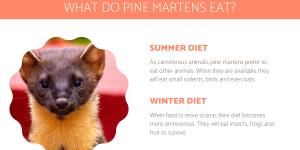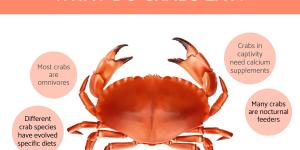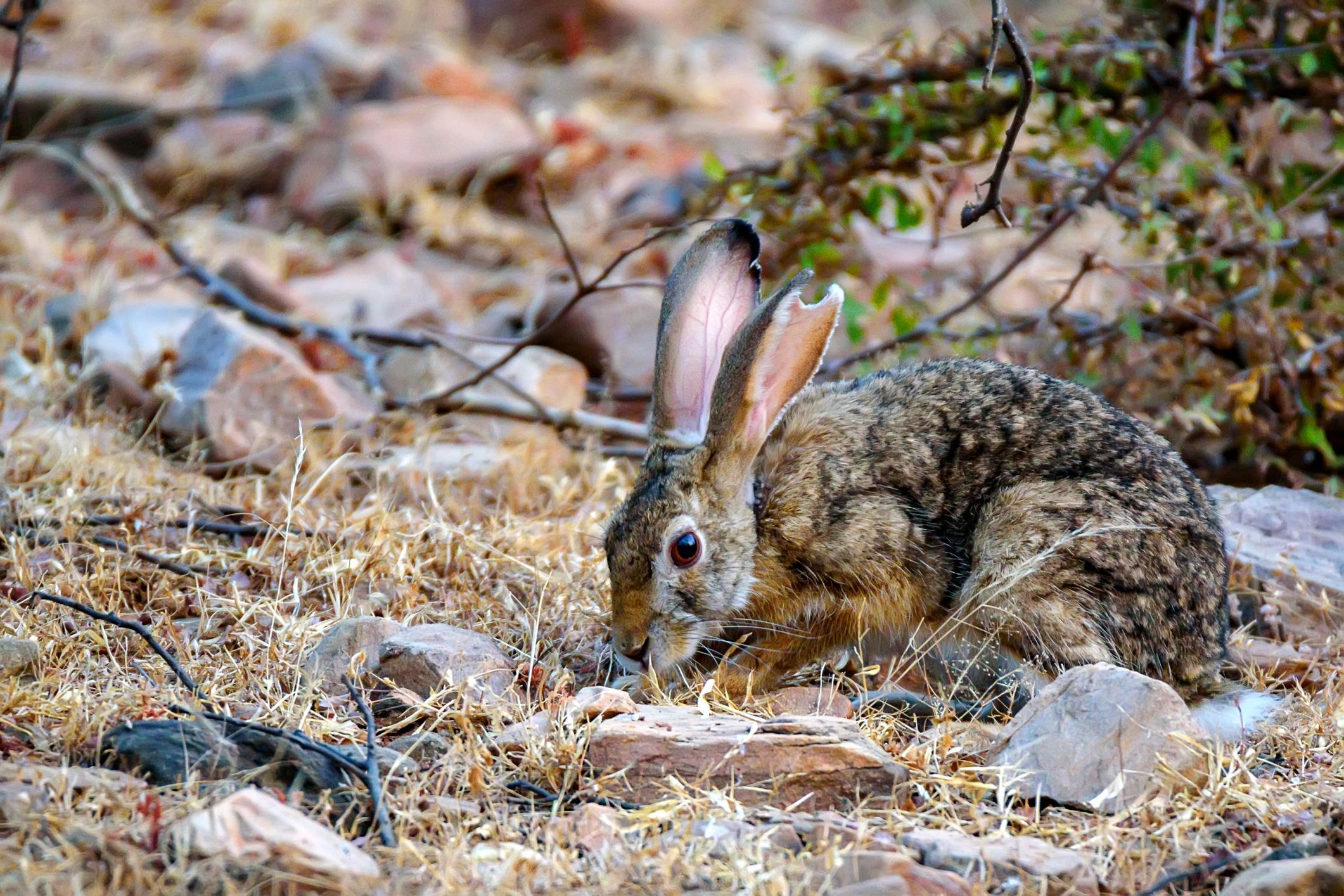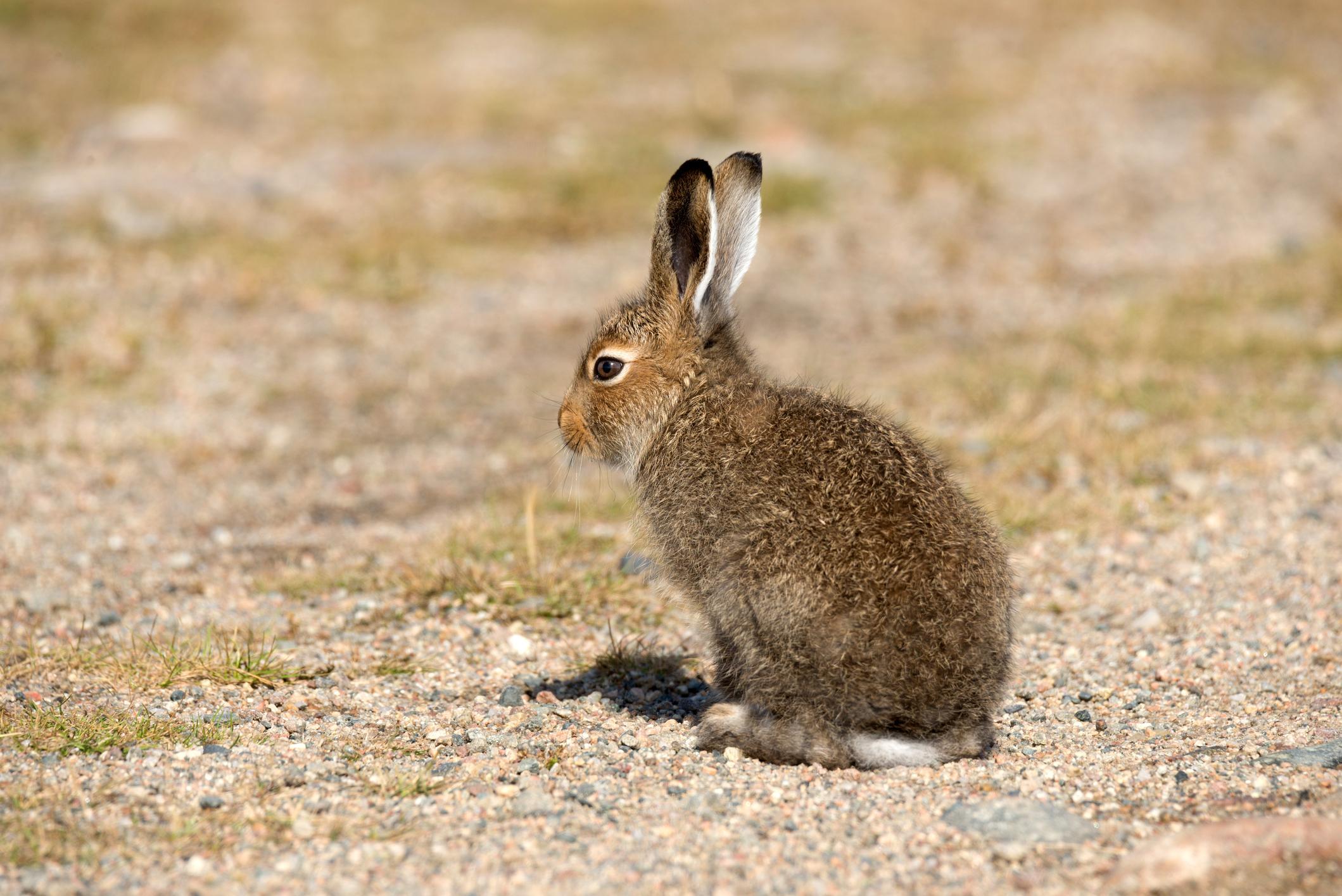What Do Hares Eat?

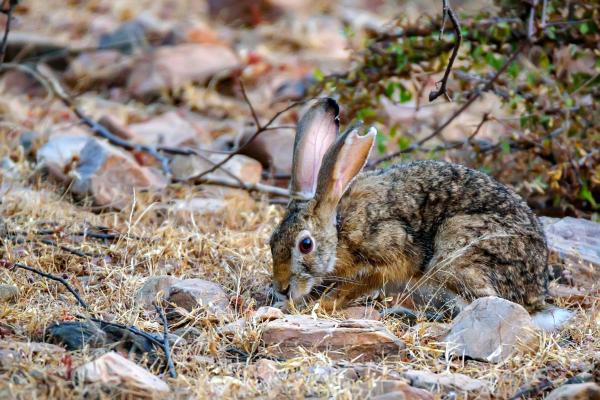

See files for Rabbits
Hares are herbivores and feed mainly on vegetation such as grasses, clover, and other leafy plants. Their diet may vary slightly depending on the season, availability of food, and location. Studying the diet of hares is an important aspect of understanding their ecology and behavior and can tell us much about a specific species and its behavior.
The following article from Animalwised explains what hares eat, how their diet changes throughout the year, and other important characteristics of these fascinating animals.
Feeding habits of hares
Hares are herbivores, which means that they feed mainly on plants. They also feed selectively, meaning they prefer certain plants to others, depending on their nutritional value and availability. However, in times of scarcity, they eat whatever is available to them at a given time.
Their diet can vary depending on the season, habitat, and local vegetation. For example, in the summer months, hares tend to eat tender, succulent plants, while in the winter they feed on woody plants and bark to survive. Hares can stand on their hind legs to reach higher branches and buds, giving them access to a wider variety of food sources.
Overall, hares have flexible and adaptable feeding behaviors that allow them to survive in a variety of habitats and ecological conditions. However, changes in their environment and food availability can have significant effects on their feeding behavior and ultimately their survival.
Digestive system of hares
The digestive system of hares is well adapted to their herbivorous diet. It allows them to efficiently extract nutrients from plant material and digest it in a way that maximizes nutrient absorption. They are also able to digest and extract nutrients from tough, fibrous plants, something many other animals cannot do.
Like other herbivores, hares have a large, complex stomach with multiple compartments, which contain microbes that help break down cellulose and other complex carbohydrates found in plant material.
The small intestine is where most nutrients from food are absorbed into the bloodstream. The large intestine is relatively short in hares compared to other mammals because they have a highly efficient digestive system that allows them to extract most of the nutrients from their food before it reaches the large intestine.
Hares are also able to recycle their own feces, a process called coprophagy, which allows them to obtain additional nutrients and enzymes from their food.
You might be interested in this other article, where we talk about why your rabbit might eat its own feces.
What do baby hares eat?
Baby hares, also known as leverets, are born with a full coat and open eyes, but are not yet fully developed and depend on their mother's food.
For the first few weeks of their lives, baby hares feed exclusively on their mother's milk. The hare's milk is very rich in fat and protein, which helps the young grow quickly and develop the strength and coordination necessary to move around on their own.
At about three weeks of age, the young hares begin to nibble small amounts of plants such as grass and clover, but until they are about eight weeks old, they continue to feed primarily on their mother's milk. As the young grow and become more independent, they begin to eat a wider variety of plants, including leaves, stems, and buds. They may also try new foods and experiment with different plant species to supplement their diet.
Do not miss the following article, where we explain once and for all what is the difference between rabbits and hares.
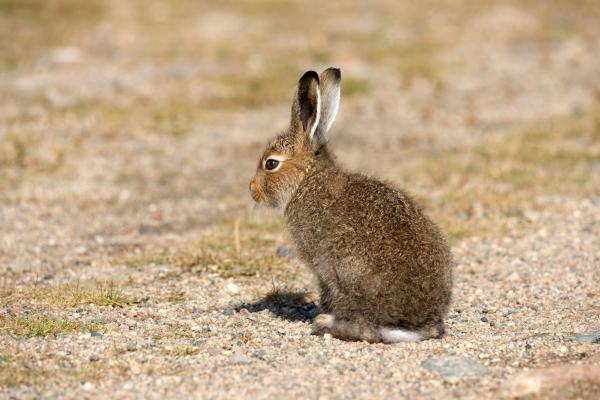
What do adult hares eat?
The diet of hares can vary depending on the season and species. In general, hares are herbivores, meaning they eat plant material. However, the specific types of plants they consume may vary depending on what is available in their environment.
In general, during the winter months, when vegetation is scarce, hares tend to eat more woody plants such as twigs, bark, and buds. This type of diet is often referred to as "browsing". In the summer months, when more vegetation is available, hares tend to eat grasses and herbaceous plants.
Let us take a closer look at what the most popular hare species eat.
Diet of the Alaskan hare (Lepus othus)
Feeds mainly on woody plants and lichens throughout the year, living in a harsh, treeless environment where vegetation is sparse. They eat mainly green plants in summer and woody vegetation of shrubs (bark, twigs, and shoots) in winter and spring. They also eat the fruits of crowberries. In addition, they are most active in foraging at dawn and dusk.
Diet of the black hare (Lepus insulares)
Not much is known about the specific feeding habits of the San Jose Island hare, but it is believed to be a herbivore that primarily feeds on vegetation found on the island. The vegetation on the island includes various grasses, herbs, and cacti.
Diet of the mountain hare (Lepus timidus)
Mountain hares primarily feed on a variety of grasses, herbs, and other vegetation found in the alpine meadows and tundra where they live. They may also eat the young shoots and leaves of trees and shrubs. In addition to their herbivorous diet, mountain hares have been known to occasionally eat animal matter, such as insects and bird eggs, when they are available.
Diet of the black-tailed jackrabbit (Lepus nigricollis)
The black-tailed jackrabbit primarily feeds on a variety of grasses, herbs, and other vegetation found in the desert and grassland regions where they live. This species primarily inhabits American deserts, scrublands, and other open spaces, including farms.
Diet of the European hare (Lepus europaeus)
The European hare, Lepus europaeus, is a species of hare found throughout Europe and parts of Asia. The European hare feeds on a wide variety of plants and is known to eat grains such as wheat and barley when available.
If you want to learn more about herbivorous animals, do not miss the following article, where we explain what they are and offer a list of examples.
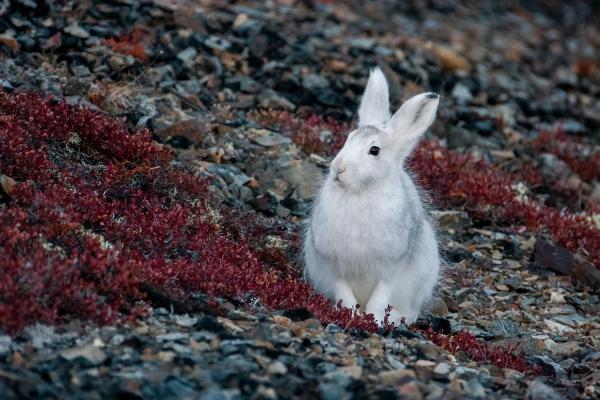
How much does a hare eat?
The amount that a hare eats can vary depending on factors such as their size, age, sex, and activity level, as well as the availability and quality of food in their environment.
Hares have a relatively high metabolic rate, and they require a significant amount of food to maintain their energy levels and survive in their environment.
It is estimated that an adult hare may consume between 0.5 and 1.5 kilograms (1-3 pounds) of vegetation per day, depending on the availability and quality of food.
During times of scarcity, such as in the winter or during drought conditions, hares may reduce their food intake and rely on stored fat reserves to survive. Additionally, female hares may require more food during the breeding season to support the growth and development of their young.
Did you know that hares are one of the lagomorphs? Be sure to read on in this other article, where we explain what lagomorphs are and what characteristics they have.
If you want to read similar articles to What Do Hares Eat?, we recommend you visit our Healthy diets category.
- Myers, P.; Espinosa, R.; Parr, CS; Jones, T.; Hammond, G.S.; Dewey, T. A. (2023). Animal Diversity website. Available at: https://animaldiversity.org/search/?q=Leporidae&feature=INFORMATION
- Myers, P.; Sorin, A. (2002). Lagomorpha . Animal Diversity Web. Available at: https://animaldiversity.org/accounts/Lagomorpha/
- Silberstein, M. (2011). Leporidae . Available at: https://animaldiversity.org/accounts/Leporidae/

